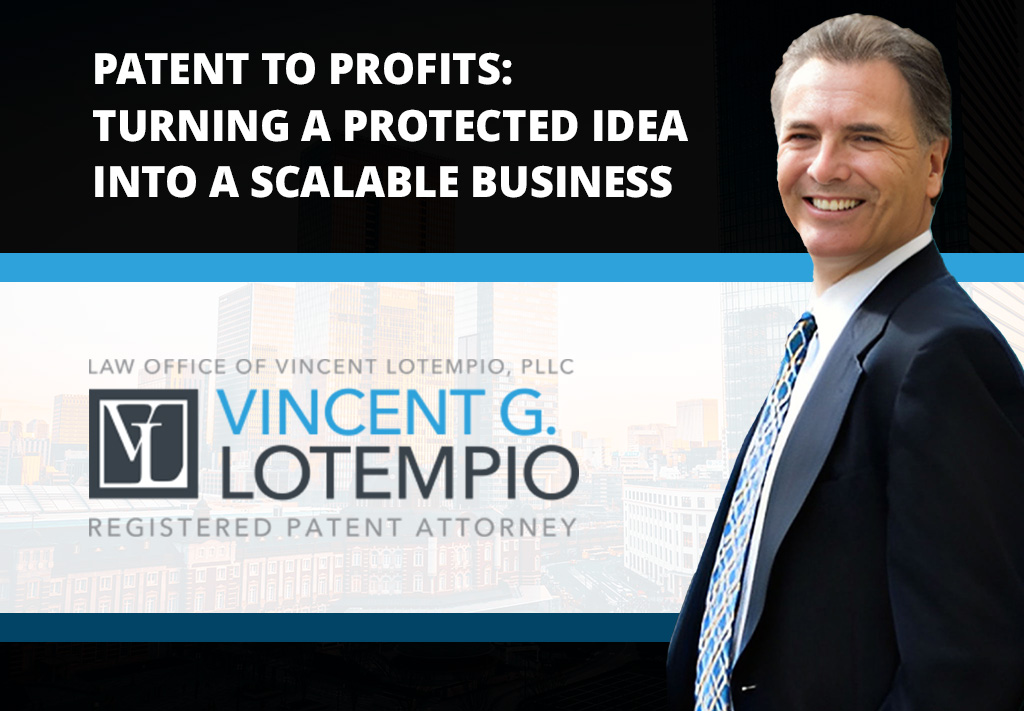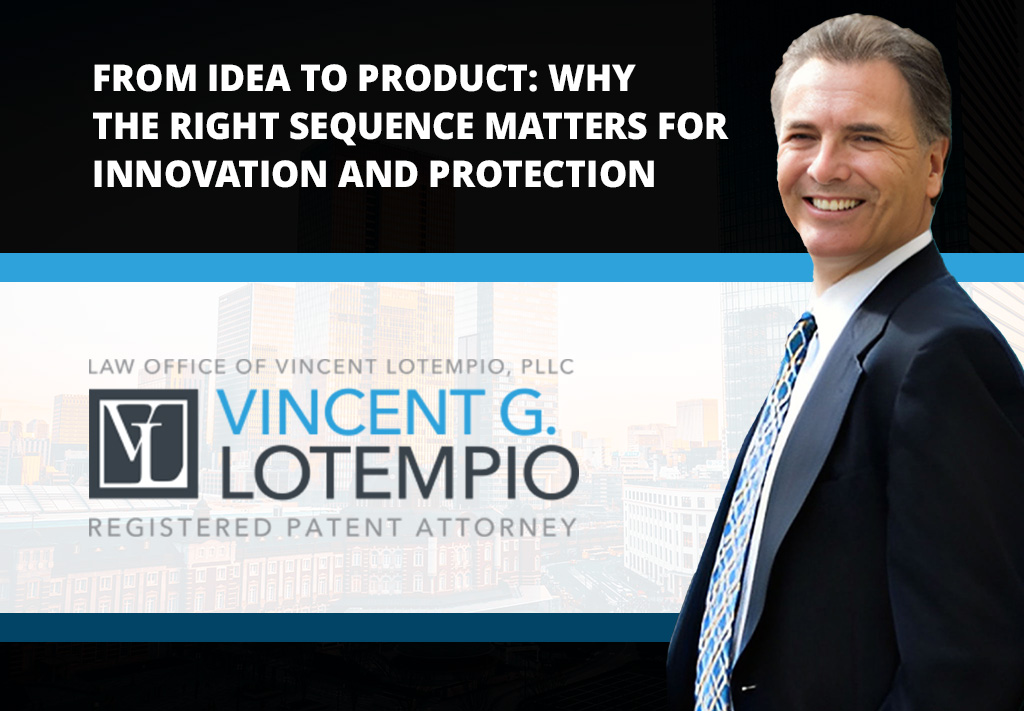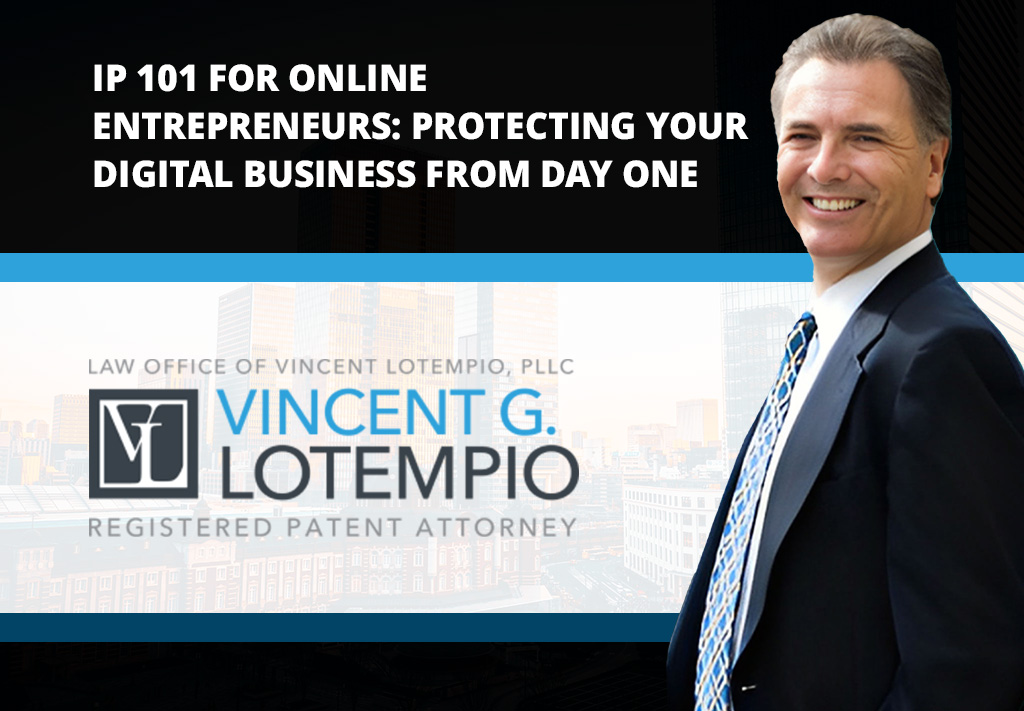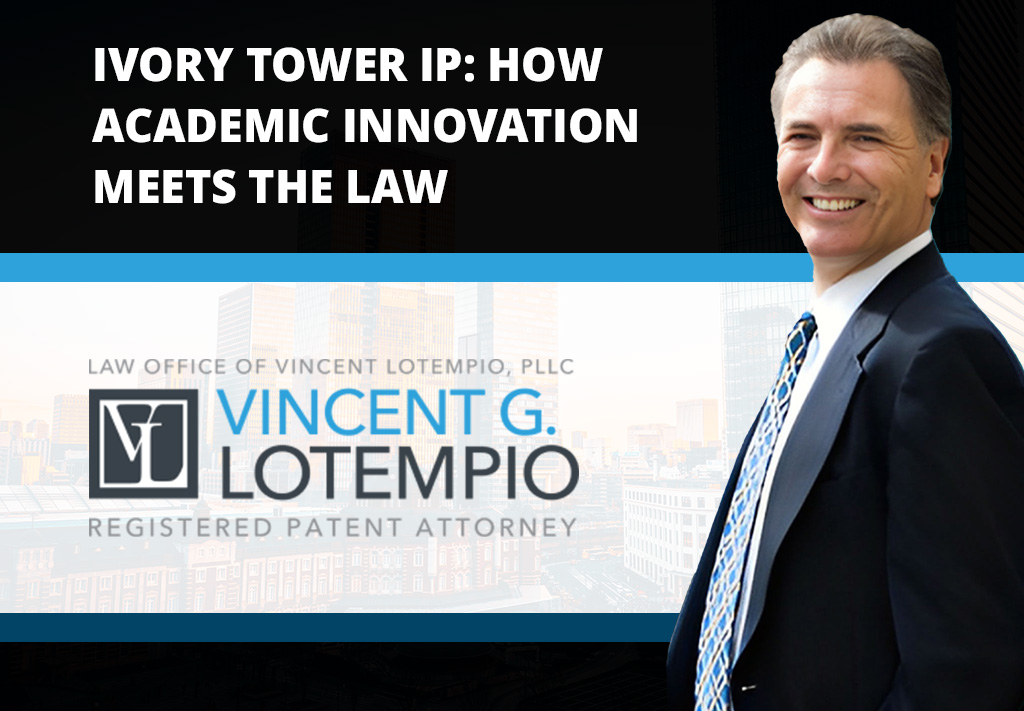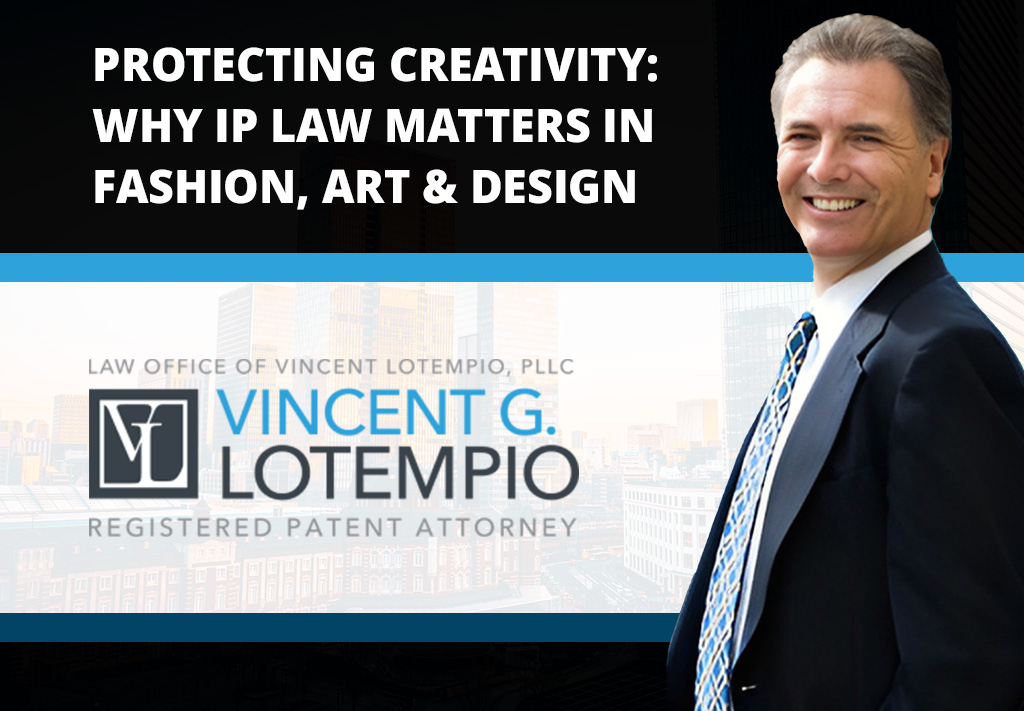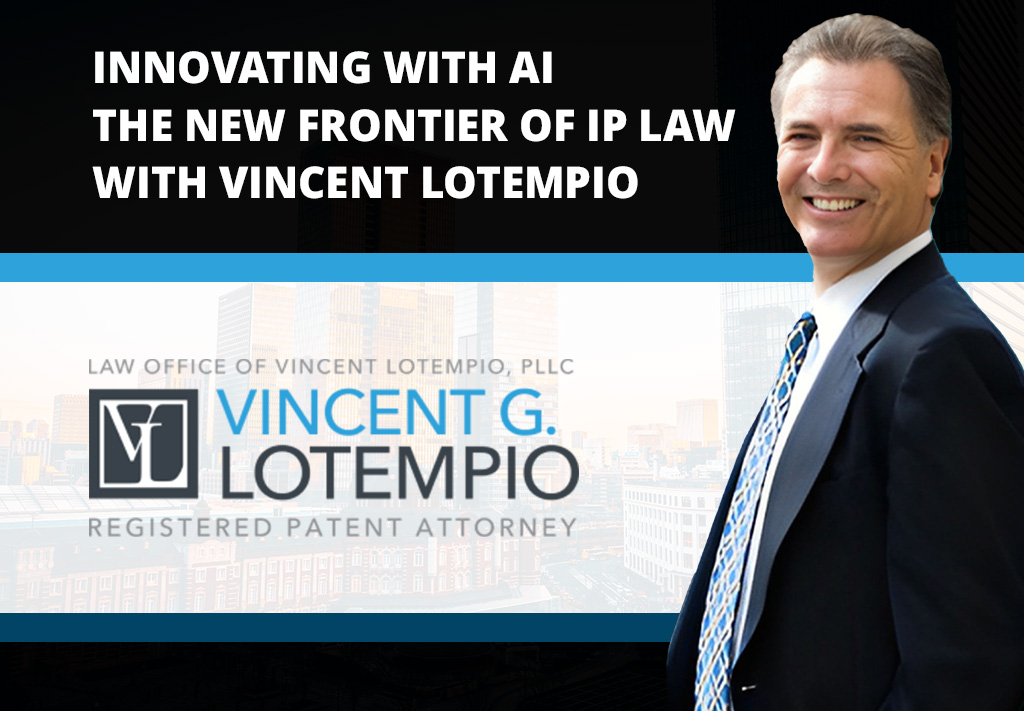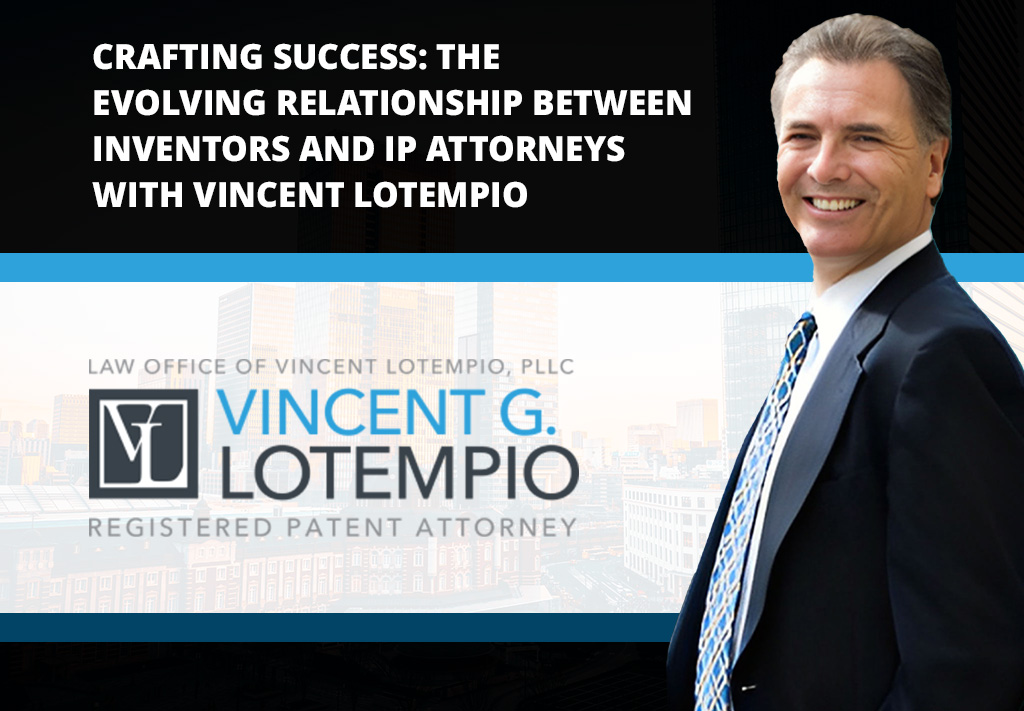January 1st marks the beginning of a new year. But the new year in 2019 will be a little different. Several famous copyrighted works will enter the public domain on January 1st of this year. What does this mean exactly? This means that the public will be free to use the previously copyrighted famous works with little to no restriction. A work enters the public domain when its copyright protection expires.
What are some of the famous works entering the public domain on January 1st?
Films
The films entering the public domain include:
- Safety Last!
- The Ten Commandments
- Our Hospitality
- Charlie Chaplin’s The Pilgrim
- The Covered Wagon, and
- Scaramouche
Books
Famous books that will be entering the public domain include:
- The Prophet (Kahlil Gibran)
- Antic Hay (Aldous Huxley)
- Kangaroo (D.H. Lawrence)
- The Prospects of Industrial Civilization (Bertrand and Dora Russell)
- Rootabaga Pigeons (Carl Sandberg)
- Tarzan and the Golden Lion (Edgar Rice Burroughs)
- The Murder on the Links (Agatha Christie)
- The World Crisis (Winston S. Churchill)
- Tulips and Chimneys (e.e. cummings)
- New Hampshire (Robert Frost)
- A Son at the Front (Edith Wharton)
- The Inimitable Jeeves (P.G. Wodehouse)
- Leave it to Psmith (P.G. Wodehouse)
- Jacob’s Room (Viginia Woolf)
The Duke University website has more information and a more expansive list of works entering the public domain. Click here to go to their webpage.
How long does copyright protection last?
Generally, copyright protection will be life of the author plus 70 years. However, specific works will instead enter public domain due to certain circumstances. These circumstances include:
- Certain unpublished works created by authors who died before 1949
- Unpublished anonymous and pseudonymous works and works made for hire created before 1899
- Unpublished works created before 1899 and when the death date of the author is not known
Why does it matter that a work enters the public domain?
When a work enters the public domain, it is generally available to the public. In contrast, a copyrighted work will have protection which restricts or limits what the public or individuals may do. For example, a work generally cannot be copied or used without authorization or consent. Another example would be that a variant or derivative of the copyrighted work cannot be made without consent.
Why is there even copyright? Shouldn’t the works just be available from the get go?
Copyright protection serves a very important purpose. It helps promote the sciences and the arts. This idea is rooted in the Constitution, which says that Congress shall have the power to “promote the progress of science and useful arts, by securing for limited times to authors and inventors the exclusive right to their respective writings and discoveries.” Copyright helps promote the sciences and the arts by providing authors with an incentive to disclose their works. Authors are more likely to disclose their work if they can recoup their losses and prevent others from appropriating their work.
How does this play out exactly?
Providing incentives to authors so they can disclose their work sounds a bit broad. Let’s refine it a little with an example. Imagine that you’ve created a script for a new broad way show. The story is fresh and guaranteed to be a hit. The script took years to make and a huge sum of resources were needed to be make it as good as it is. But then a question arises: Will my script get copied? If the script can be easily copied, you’d be pretty hesitant to disclose it right? After all, you won’t benefit much if everyone can copy your script. But if you could prevent others from copying, you would more willing to disclose the script, right?
So what are the rights that come along with copyright protection?
Under 17 U.S.C. § 106, the author of a copyright obtains certain rights. These rights include the right to:
(1) reproduce the copyrighted work in copies or phonorecords;
(2) to prepare derivative works based upon the copyrighted work;
(3) to distribute copies or phonorecords of the copyrighted work to the public by sale or other transfer of ownership, or by rental, lease, or lending;
(4) in the case of literary, musical, dramatic, and choreographic works, pantomimes, and motion pictures and other audiovisual works, to perform the copyrighted work publicly;
(5) in the case of literary, musical, dramatic, and choreographic works, pantomimes, and pictorial, graphic, or sculptural works, including the individual images of a motion picture or other audiovisual work, to display the copyrighted work publicly; and
(6) in the case of sound recordings, to perform the copyrighted work publicly by means of a digital audio transmission.
There is copyright infringement when an individual or party engages in any of the enumerated acts listed in 17 U.S.C. § 106 without authorization.
Some other thoughts
Now that certain famous works are in the public domain, the public can benefit or be able to enjoy a work without hassle. The works can potentially be used to create new types of works or simply used to pass time. Google Books may possibly offer the full version of the previously copyrighted books and works of literature. Doesn’t that sound grand?
What are your thoughts on some of the previously copyrighted works entering the public domain? Leave a comment below to let us know what you think!
Interested in more IP? Here’s a video!
Sign up today!
Does this article interest you? Subscribe to the LoTempio Law email newsletter to receive posts and updates just like this conveniently in your email box!
If you’ve enjoyed this blog post, we have lots more where this came from, including an Inventors Guide Video Series where we help you turn your good idea into a profitable invention, and tons of other great content. Simply enter your email address and hit sign up and you’ll get everything, including blog posts like these, conveniently in your email box!
Have any questions? Give us a call at 1-800-866-0039. Consultations are FREE.
Disclaimer: This article is not legal advice. It is only for educational or entertainment purposes only. Please do not use the article or contents of the article without permission. For legal advice and questions, please contact registered Patent Attorney Vincent LoTempio.


